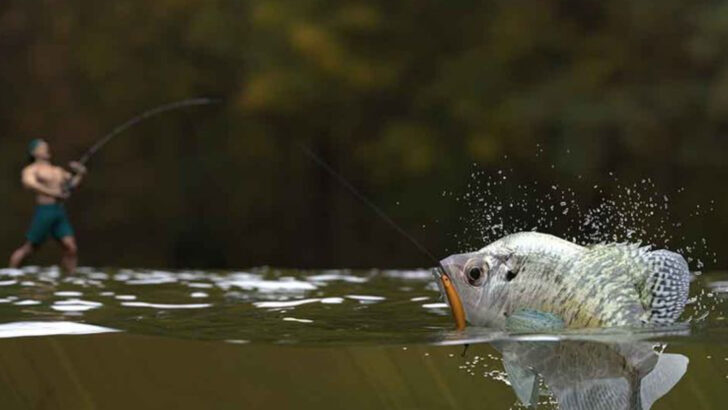Want to catch crappie like a seasoned pro? Get ready to level up your fishing game! Crappie fishing is more than just casting a line—it’s a thrilling blend of strategy, patience, and skill. One moment you’re waiting, the next, you’re reeling in a big one.
The secret to success lies in knowing the right techniques. Whether you’re new to the sport or a seasoned angler, mastering the tricks of the trade can turn your quiet fishing trips into epic adventures.
This guide will teach you 14 proven methods that every crappie expert swears by. From finding the perfect spot to choosing the best bait, these tips will make your fishing experience more exciting and, yes, more rewarding. So, grab your gear and prepare for a deep dive into crappie fishing like you’ve never seen before!
Know the Seasonal Patterns
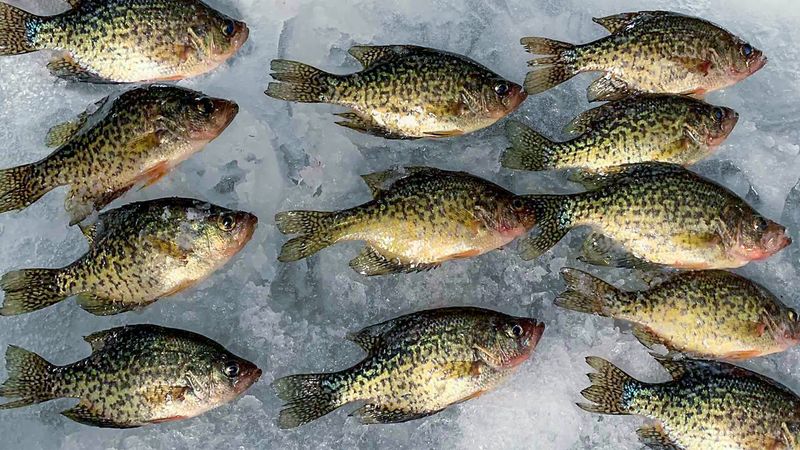
Understanding crappie behavior across seasons is crucial. In spring, crappie move to shallow waters for spawning. It’s the perfect time to find them near shores or submerged structures.
During summer, they tend to retreat to deeper waters. Using a depth finder can be particularly helpful during this time. As fall approaches, crappie again become more accessible in shallower areas, preparing for winter.
Winter fishing requires patience, as crappie can be found around underwater structures. Each season offers a unique challenge and opportunity, making it essential to adapt your strategies accordingly for successful fishing.
Use the Right Gear
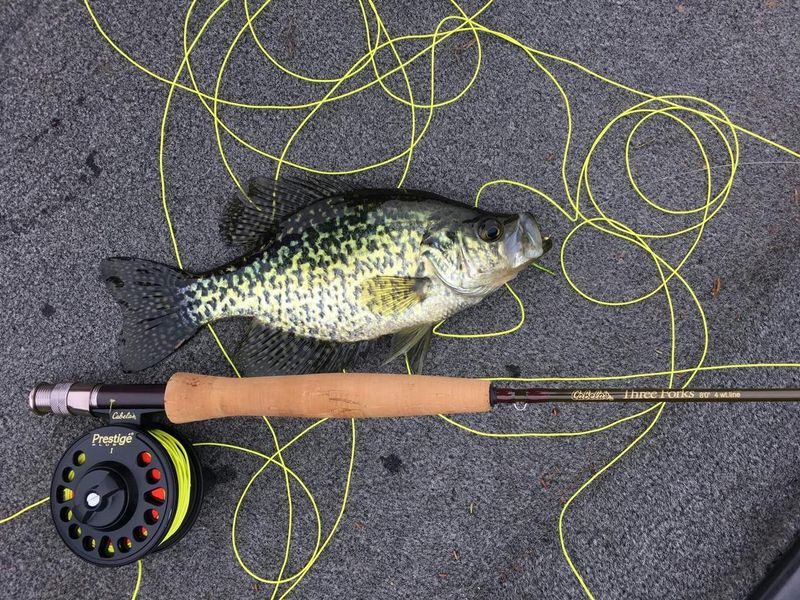
Selecting appropriate gear can dramatically improve your fishing success. Light to medium-light rods, paired with spinning reels, offer versatility and sensitivity essential for detecting subtle bites.
Choose lines with 4-8 lb test for balanced strength and sensitivity. Jigs and minnows are effective baits, and having a variety in your tackle box is recommended. Don’t overlook the importance of a good tackle box for organizing your gear efficiently.
Investing in quality gear tailored for crappie fishing not only enhances your experience but also increases your chances of a successful catch, turning good days into great ones.
Master the Art of Jigs
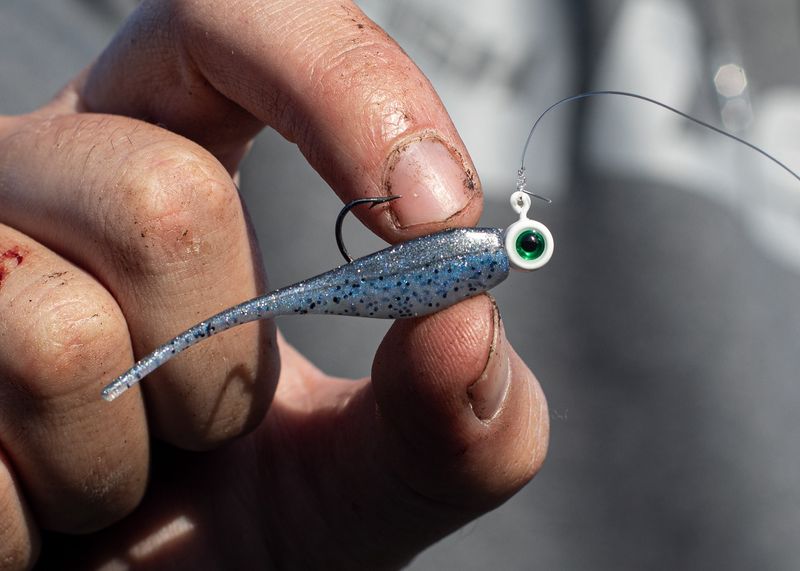
Jigs are a staple in crappie fishing due to their versatility. Their ability to mimic small fish makes them irresistible to crappie. Choosing the right size and color can make a significant difference.
Opt for smaller jigs in clear waters and larger, more visible ones in murky conditions. Experimenting with different retrieval techniques, such as slow and steady or lift and drop, can yield impressive results.
Matching jig color to the environment is another effective strategy. With patience and practice, mastering jigging can lead to more successful fishing days, regardless of the season or location.
Try Night Fishing
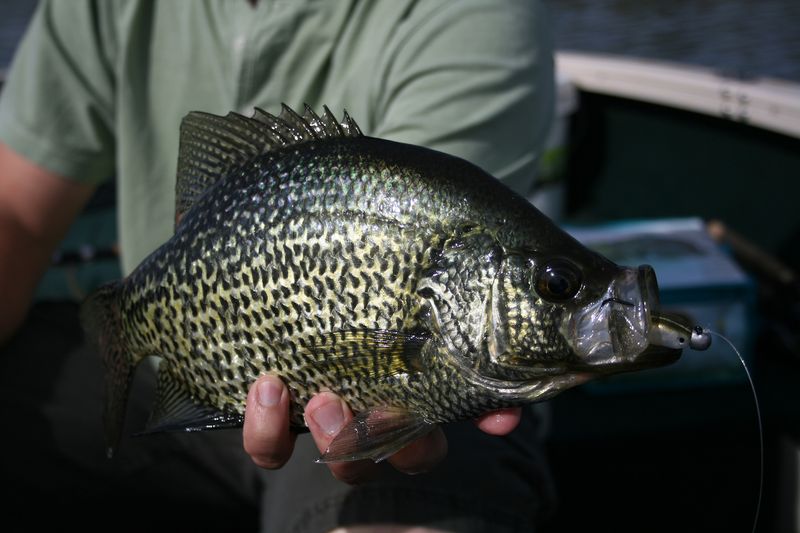
Night fishing for crappie offers a unique and rewarding experience. As nocturnal feeders, crappie are more active in low light, making nights and early mornings prime times.
Use submersible lights to attract plankton, which in turn lures crappie. Equipping your boat with adequate lighting ensures safety and enhances your fishing experience. Additionally, subtle sounds become more significant, requiring heightened awareness.
The tranquility of night, combined with the thrill of the catch, creates a memorable adventure. Embrace the calm and mystery of night fishing to discover a different side of crappie fishing.
Understand Water Temperature
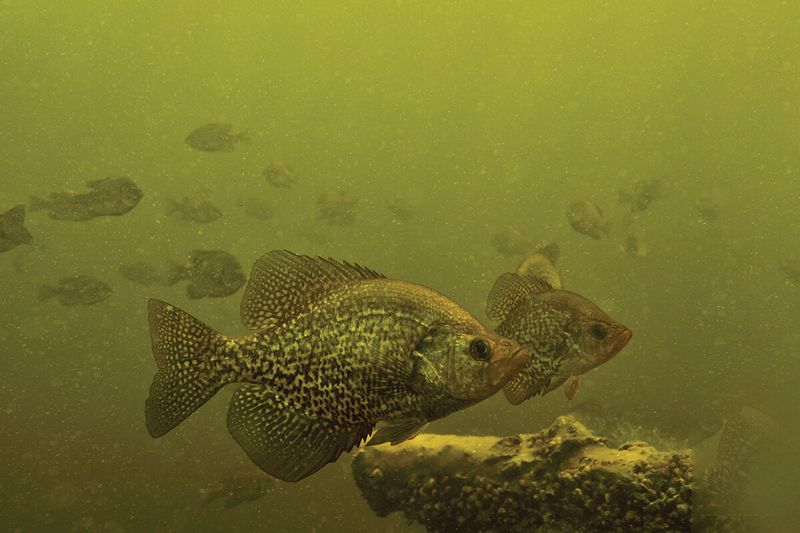
Water temperature plays a pivotal role in crappie behavior. These fish prefer temperatures between 68°F and 80°F, often moving to areas where these conditions prevail.
During the early spring, as waters warm, crappie migrate to shallower areas for spawning. Cooler temperatures in winter push them to deeper waters. Using a water thermometer can help identify optimal fishing spots.
Temperature fluctuations during the day can also affect fish activity. By monitoring these changes, anglers can make informed decisions on where and when to fish, significantly increasing their chances of a successful outing.
Leverage Fish Finders
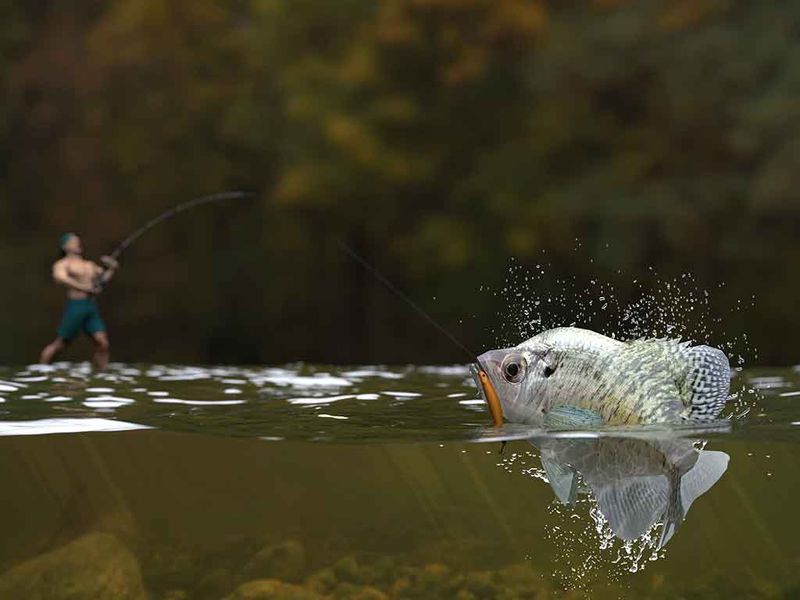
Modern technology offers anglers tools like fish finders to locate crappie more efficiently. These devices provide real-time images of underwater landscapes, revealing structures where crappie might congregate.
By identifying features like drop-offs, brush piles, or submerged trees, you can target potential hot spots. Fish finders also display water depth and temperature, assisting with strategic planning.
Familiarizing yourself with these devices can reduce guesswork and enhance your fishing experience. With practice, using a fish finder becomes second nature, allowing you to focus on the thrill of the catch rather than the search.
Target Structure
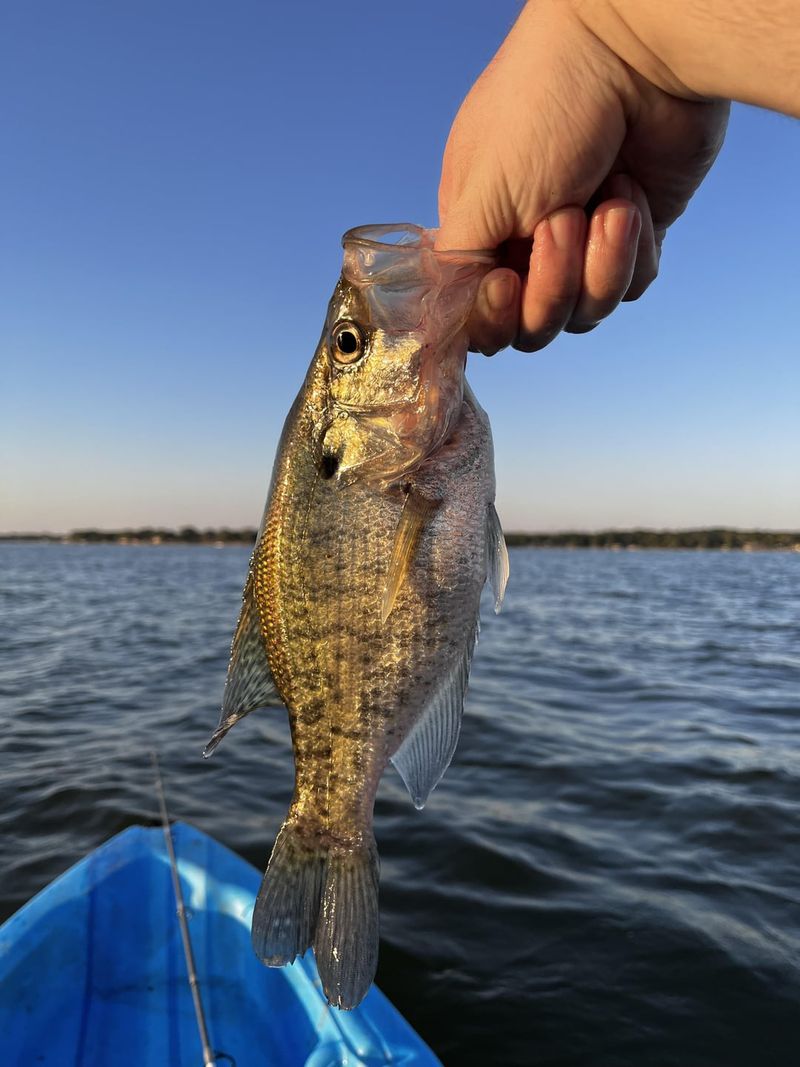
Crappie are structure-oriented fish, often found around submerged trees, stumps, or man-made structures like docks. These areas provide cover from predators and abundant feeding opportunities.
Identifying and targeting these structures is key to successful fishing. Use your fish finder to pinpoint these locations and adjust your fishing strategy accordingly. It is crucial to approach quietly, as noise can easily spook crappie.
By focusing on structure, you can significantly increase your catch rates. Understanding how crappie relate to their environment helps in developing effective strategies for locating and catching them.
Experiment with Colors
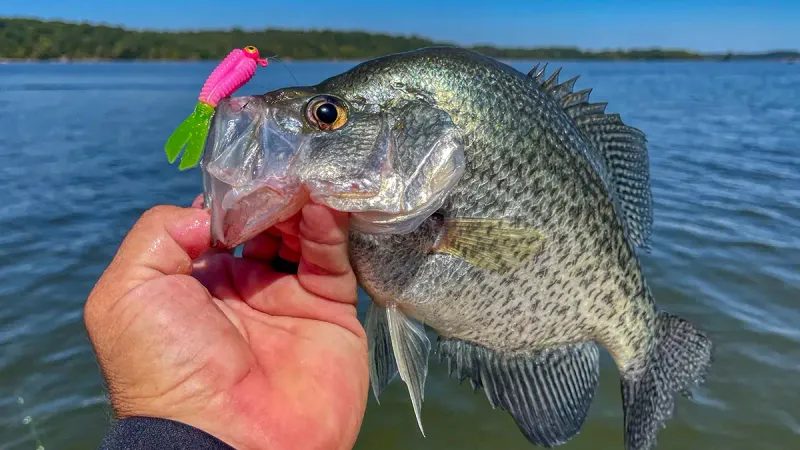
Color selection in lures plays a crucial role in attracting crappie. In clear waters, natural colors like silver or white work best. In murky waters, bright colors such as chartreuse or pink are more effective.
Adapting your lure colors to changing light conditions and water clarity can make a significant difference. It’s wise to keep a variety of colors on hand and experiment to see what attracts bites.
Seasonal changes also influence color choices, requiring anglers to be flexible and observant. With practice, selecting the right color becomes an intuitive part of your fishing strategy.
Utilize Slip Bobbers
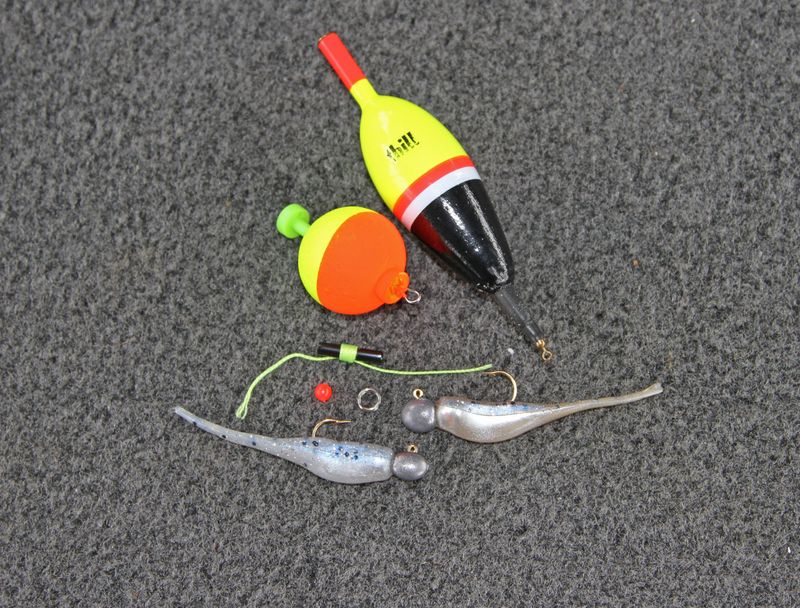
Slip bobbers are versatile tools in a crappie angler’s arsenal, allowing for precise control over bait depth. This adaptability is essential, as crappie often suspend at varying depths.
Adjusting the bobber stop enables you to target specific depths without constantly retying rigs. It’s an excellent method for covering water efficiently, especially in windy conditions.
Slip bobbers also enhance sensitivity, letting you detect subtle bites. Mastering their use can lead to more productive fishing sessions. Their simplicity and effectiveness make slip bobbers a must-have for anyone looking to improve their crappie fishing skills.
Work on Your Casting
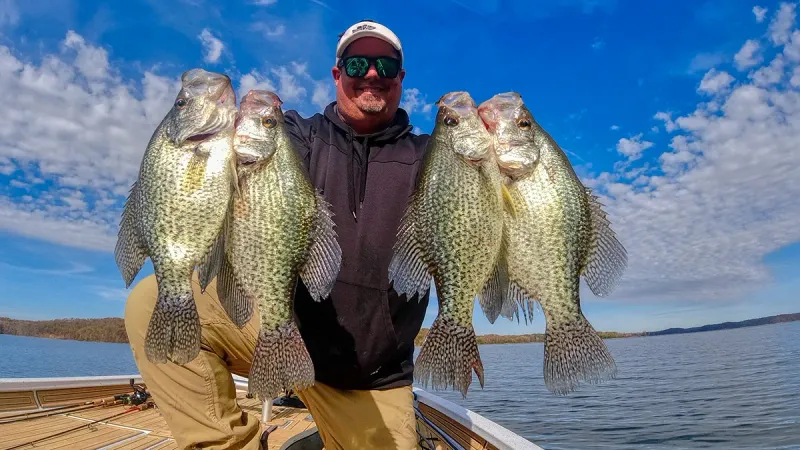
Casting accuracy and technique are vital for crappie fishing success. Practicing your casting skills enables you to reach crappie’s hiding spots, like beneath overhanging branches or near submerged structures.
Start with short, accurate casts and gradually work on distance. Using lighter lures can improve control and precision. Regular practice helps build muscle memory, making each cast more effective.
Watching experienced anglers or instructional videos can provide useful tips and techniques. With time, you’ll find that honing these skills not only increases your catch rate but also enhances your overall fishing experience.
Fish During Low Light
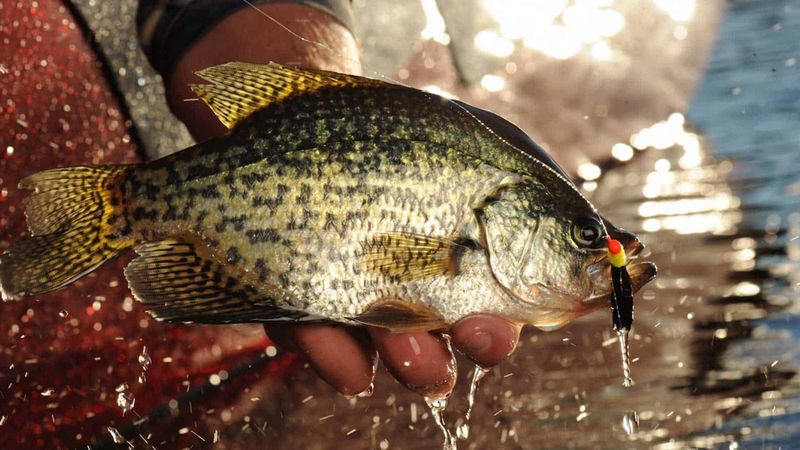
Crappie are most active during low-light conditions, such as dawn and dusk. At these times, they venture closer to the shore to feed, offering prime fishing opportunities.
Planning your trips around these periods can lead to more productive sessions. Pay attention to weather conditions, as overcast days can mimic low-light environments throughout the day.
Using baits that mimic crappie’s natural prey can increase success during these times. Low-light fishing requires a strategic approach, where patience and timing are key. Embrace these moments to enjoy a rewarding crappie fishing experience.
Observe the Weather
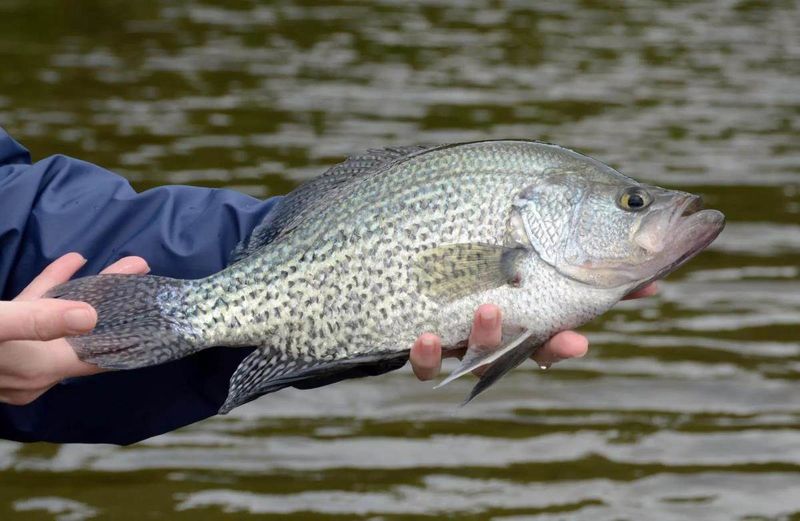
Weather conditions significantly impact crappie behavior. Overcast days often lead to more active fish, while bright, sunny days might push them deeper. Wind direction and strength can influence fish location and feeding patterns, too.
Adapting to these changes is crucial for successful fishing. Utilize weather forecasts to plan your trips and adjust your techniques accordingly. Observing patterns over time can also help predict which conditions yield the best results.
With a keen eye on the weather, anglers can tailor their approach, ensuring a more strategic and fruitful fishing adventure.
Stay Quiet and Stealthy
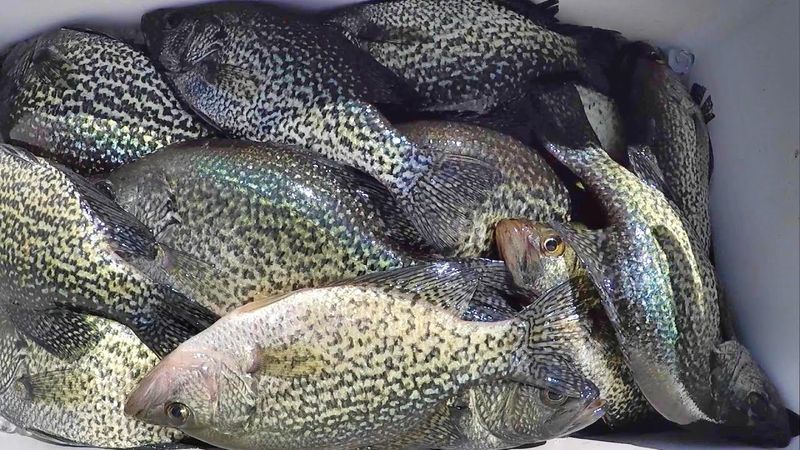
Crappie are sensitive to noise and disturbances, making stealth an essential part of your fishing strategy. Approaching fishing spots quietly increases your chances of success. Avoid loud noises and sudden movements, especially when navigating boats.
Use electric trolling motors to minimize sound. Quietness is equally important when casting—gentle, precise casts prevent startling fish. By prioritizing stealth, you can get closer to crappie without alerting them.
This approach requires patience and finesse, but the reward is often a more productive and enjoyable fishing experience. Embrace stealth to enhance your crappie fishing skills.
Join a Crappie Group
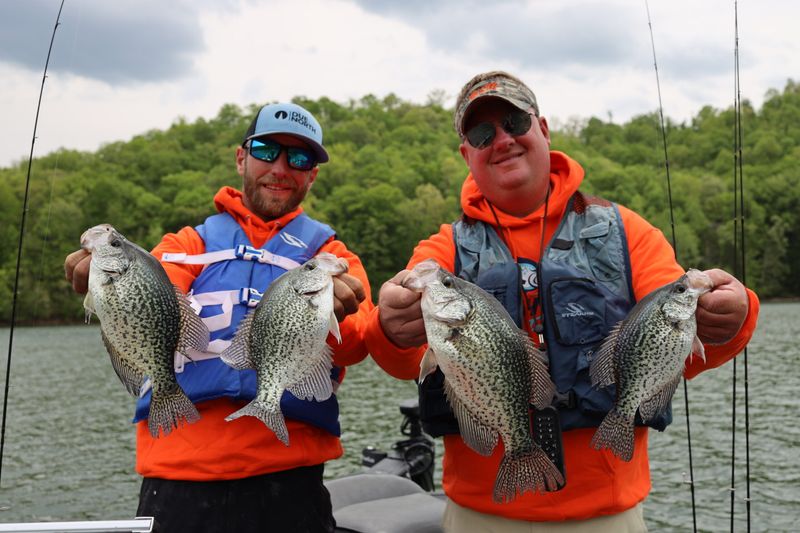
Joining a crappie fishing group offers a wealth of benefits. Engaging with fellow anglers provides access to shared knowledge and experiences.
These communities often organize fishing trips, workshops, and competitions, which can significantly enhance your skills and enjoyment. Learning from seasoned anglers helps refine techniques and discover new strategies. Additionally, group members share insights into local fishing spots and conditions.
Whether online or in-person, these interactions foster a sense of camaraderie and support. Being part of a community not only improves your skills but also enriches your overall fishing journey. Embrace the social aspect to grow as an angler.

